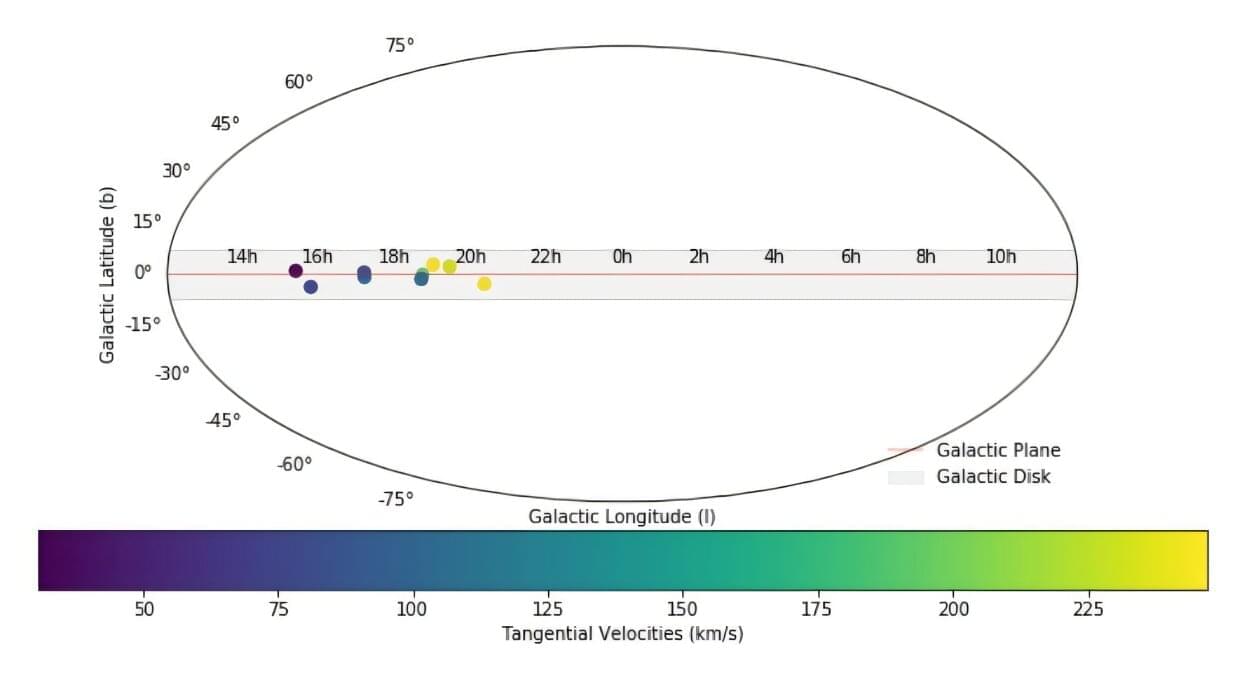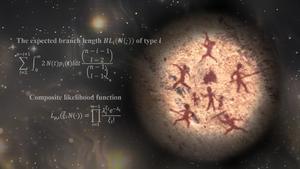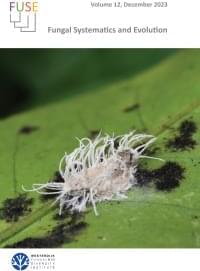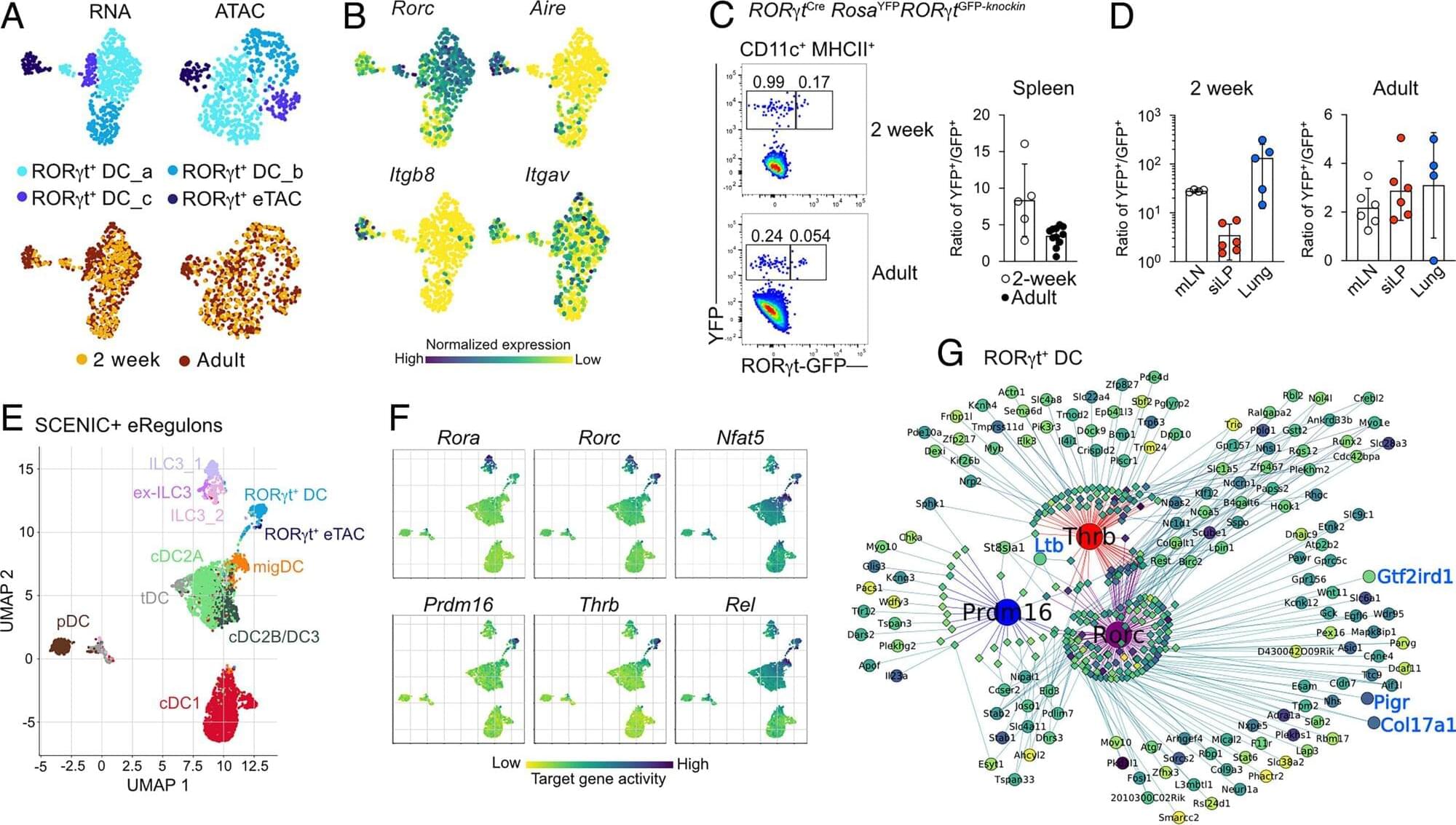A new source of nitrogen has been discovered. Researchers from RPTU University Kaiserslautern-Landau in southwestern Germany are unraveling the mysteries of a bygone era. As part of ongoing studies, they are investigating how life could have developed on early Earth. Contrary to previous assumptions, biologically available nitrogen does not appear to have been a limiting factor.
Category: evolution – Page 8
Astronomers have performed a multiwavelength study of nine open cluster candidates. As a result, they found that all of them are genuine open clusters and characterized by their fundamental properties. The finding was reported in a research paper published Feb. 21 on the arXiv pre-print server.
Open clusters (OCs), formed from the same giant molecular cloud, are groups of stars loosely gravitationally bound to each other. So far, more than 1,000 of them have been discovered in the Milky Way, and scientists are still looking for more, hoping to find a variety of these stellar groupings.
Expanding the list of known galactic open clusters and studying them in detail could be crucial for improving our understanding of the formation and evolution of our galaxy.
The results show two distinct patterns in the protective effect of natural infection against reinfection in the Omicron era compared to the pre-Omicron era. Before the emergence of Omicron, natural infection offered robust protection against reinfection, with roughly 80% effectiveness and minimal signs of waning over time after the infection. However, during the Omicron era, this protection was strong only for recently infected individuals, rapidly declining over time after the infection and ultimately diminishing within a year. These patterns were consistent regardless of whether any infection or only symptomatic infection was considered as an outcome, and for both vaccinated and unvaccinated populations.
The two distinct patterns observed in the Omicron versus pre-Omicron eras provide population-level results that validate previous experimental molecular evidence1,2,18,19,20, and are probably the result of a complex interplay of several interrelated factors, in addition to waning immunity, immune evasion and the accelerated and convergent evolution of Omicron, such as immune imprinting, varying immunogenicity, global population immunity faced by the strains and population characteristics associated with infections at different stages of the pandemic.
Whereas these factors are interconnected and challenging to disentangle, the observed differences in protection against reinfection may stem from distinct evolutionary pressures acting on SARS-CoV-2 during the pre-Omicron and Omicron eras. In the pre-Omicron era, with a large proportion of individuals remaining immune naive because of non-pharmaceutical interventions and delayed scale-up of vaccination, intrinsic transmissibility may have been the primary driver of viral adaptation. This was evidenced by the emergence of more transmissible variants such as Alpha4,22,23 and Delta24,25. Conversely, following the very large and widespread Omicron wave in early 2022 (Extended Data Fig. 3)26, most individuals possessed some level of immunity, either from infection or vaccination. This may have shifted the dominant evolutionary pressure towards immune escape through not only antigenic drift, but also recombination and convergent evolution as the adaptive mechanisms for the virus2,18,27,28.
Among the roughly 10 billion white dwarf stars in the Milky Way galaxy, a greater number than previously expected could provide a stellar environment hospitable to life-supporting exoplanets, according to astronomers at the University of California, Irvine.
In a paper published recently in The Astrophysical Journal, a research team led by Aomawa Shields, UC Irvine associate professor of physics and astronomy, share the results of a study comparing the climates of exoplanets at two different stars.
One is a hypothetical white dwarf that’s passed through much of its life cycle and is on a slow path to stellar death. The other subject is Kepler-62, a “main sequence” star at a similar phase in its evolution as our sun.
Humanity came close to extinction 800,000 years ago. Only 1,280 of our ancestors survived.
A recent study published in Science suggests that a catastrophic “ancestral bottleneck” reduced the global population to just 1,280 breeding individuals, wiping out 98.7% of the early human lineage.
This population crash, lasting about 117,000 years, likely resulted from extreme climate shifts, prolonged droughts, and dwindling food sources.
Using a groundbreaking genetic analysis method called FitCoal, researchers analyzed modern human genomes to trace this dramatic decline, potentially explaining a gap in the African and Eurasian fossil record.
Despite the near-extinction, this bottleneck may have played a crucial role in shaping modern humans. Scientists believe it contributed to a key evolutionary event—chromosome fusion—which may have set Homo sapiens apart from earlier hominin species, including Neanderthals and Denisovans. The study raises intriguing questions about how this small population survived, possibly through early fire use and adaptive intelligence. Understanding this ancient crisis helps scientists piece together the story of human evolution and the resilience that allowed our species to thrive against all odds.
Learn more.
The araneopathogenic genus Gibellula (Cordycipitaceae: Hypocreales) in the British Isles, including a new zombie species on orb-weaving cave spiders (Metainae: Tetragnathidae)
Authors: Evans, H.C. 1 ; Fogg, T. 2 ; Buddie, A.G. 1 ; Yeap, Y.T. 1 ; Araújo, J.P.M. 3, 4 ;
Source: Fungal Systematics and Evolution
Publisher: Westerdijk Fungal Biodiversity Institute
This machine could reveal the universe’s deepest secrets.
Ghost particle s mass, its bizarre shape-shifting behavior, and its role in the evolution of the cosmos. Neutrinos, though abundant, are notoriously elusive, passing through matter with barely a trace. JUNO Theory of Everything.
Summary: A new study reveals that human accelerated regions (HARs)—segments of DNA that evolved much faster than expected—may be key to the brain’s advanced cognitive abilities. Researchers compared human and chimpanzee neurons and found that HARs drive the growth of multiple neural projections, which enhance communication between brain cells.
When human HARs were introduced into chimp neurons, they also grew more projections, suggesting a direct link between HARs and neural complexity. However, these same genetic changes may also contribute to neurodevelopmental disorders like autism, highlighting the delicate balance of human brain evolution.
LMU researchers have shown that a particular type of immune cell acts more flexibly than previously thought—with the potential for new therapeutic approaches.
As part of the innate immune system, dendritic cells are the body’s first line of defense against infections. They detect pathogens and coordinate the immune response. An international team led by Professor Barbara Schraml from LMU’s Biomedical Center has now carried out an extensive study of a new type of dendritic cell and uncovered its important role in the body’s immune response. The study is published in the journal Proceedings of the National Academy of Sciences.
As the researchers demonstrate, dendritic cells that are marked by expression of the transcription factor RORγt—so-called RORγt+ dendritic cells (DCs)—are found in many tissues. Moreover, they have been conserved across many species in the course of evolution, which suggests they have essential functions.
According to my recursive universe theory, we need Primordial Consciousness to explain the beginning of the first Universe. Please take a look at this YouTube video clip!
Consciousness is one of those topics that makes everyone uncomfortable—scientists, philosophers, and just about anyone who dares to question the nature of reality. Why? Because, despite all our technological advancements and scientific breakthroughs, we still don’t have a clear idea of what consciousness actually is or where it comes from. It’s the elephant in the room, the mystery that science can’t seem to crack. We can map the brain and understand its functions, but that still doesn’t explain why we experience thoughts, feelings, or self-awareness.
Some argue that consciousness is nothing more than the byproduct of biological processes, a lucky accident of evolution. But what if that’s not the whole story? What if consciousness isn’t a mere side effect of neurons firing but something far more fundamental—something that’s intertwined with the fabric of the universe itself?









